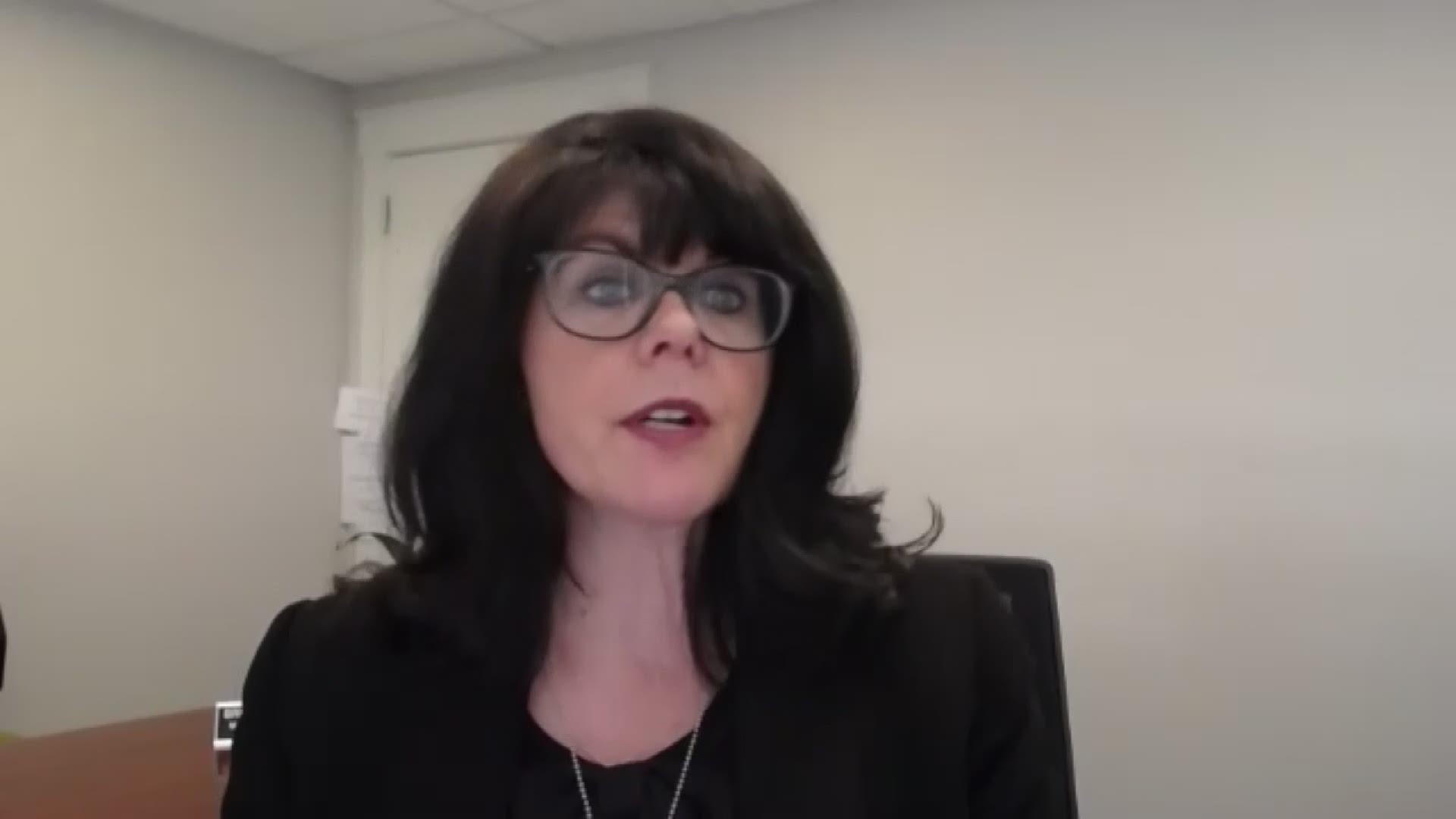PORTLAND, Maine — Is now a good time to consider refinancing your home? Recently, interest rates have declined as the Wall Street roller coaster continues. When mortgage rates fall, homeowners could save thousands on their monthly payments with a lower interest rate than their current loan. They’re the lowest rates we’ve seen in a long time.
When should someone consider refinancing?
Consider refinancing if you can shave of one-half to three-quarters or more, of a percentage point off your mortgage loan. Or refinancing from a 30-year mortgage to a 15-year term or if you have an adjustable rate mortgage to a fixed rate can help consumers pay less each and cut the amount of interest they’d pay on the previous loan.
What should someone do or not do if they’re considering refinancing?
1. Check your credit score and your credit report.
a. Be conscientious about your number and what rage your score falls in. The higher your score, the lower interest rate you will be offered.
b. If you haven’t done so in the last year, check your credit report to ensure there are no surprises that could potentially delay or deny you a loan.
2. Determine which loan type is best for you and your family.
a. 10-year fixed or 15-year fixed carry lower rates and save you thousands of dollars in interest, but will result in a higher mortgage payment.
b. 30-year fixed may help you lower your payments and is a safe option as you can always prepay your mortgage ahead of time.
3. Lock in to a fixed interest rate
a. It may be tempting for a buyer to lean towards the lower rate offered today but should rates spike, it may make your future mortgage payment less affordable.
We’ve addressed several issues regarding debt. Is refinancing a good option to pay off debt? How does that work?
Cash-out mortgage refinance guide – What is it and how does it work?
1. A cash-out refinance replaces your current home loan with a new mortgage that’s higher than your outstanding loan balance. You withdraw the difference between the two mortgages in cash and put the money toward home remodeling, consolidating high interest debt or other financial goals.
a. Say you still owe $100,000 on your home and it’s now worth $300,000. Let’s assume that refinancing your current mortgage means you can get a lower interest rate and you’ll use the cash to renovate your kitchen and bathrooms. Lenders generally require you to maintain at least 20 percent equity in your home after a cash-out refinance, so you’d be able to withdraw up to $140,000 in cash.
This could be good right?
1. Get a lower interest rate than on their mortgage
2. Make value added home improvements or repairs to your home.
3. Consolidate and pay off high-interest debt.
4. Help pay a child’s college tuition.
Are there any risks for a cash-out refinance?
1. Drags out the repayment of an existing debt for decades
2. Tempts you to your home as a piggy bank
3. You want to retire with your home mortgage paid. If not, your home mortgage may not be affordable when you retire
Rule of thumb – refinancing to a lower interest rate also allow you to build equity in your home more quickly.
RELATED: Managing debt and staying afloat

